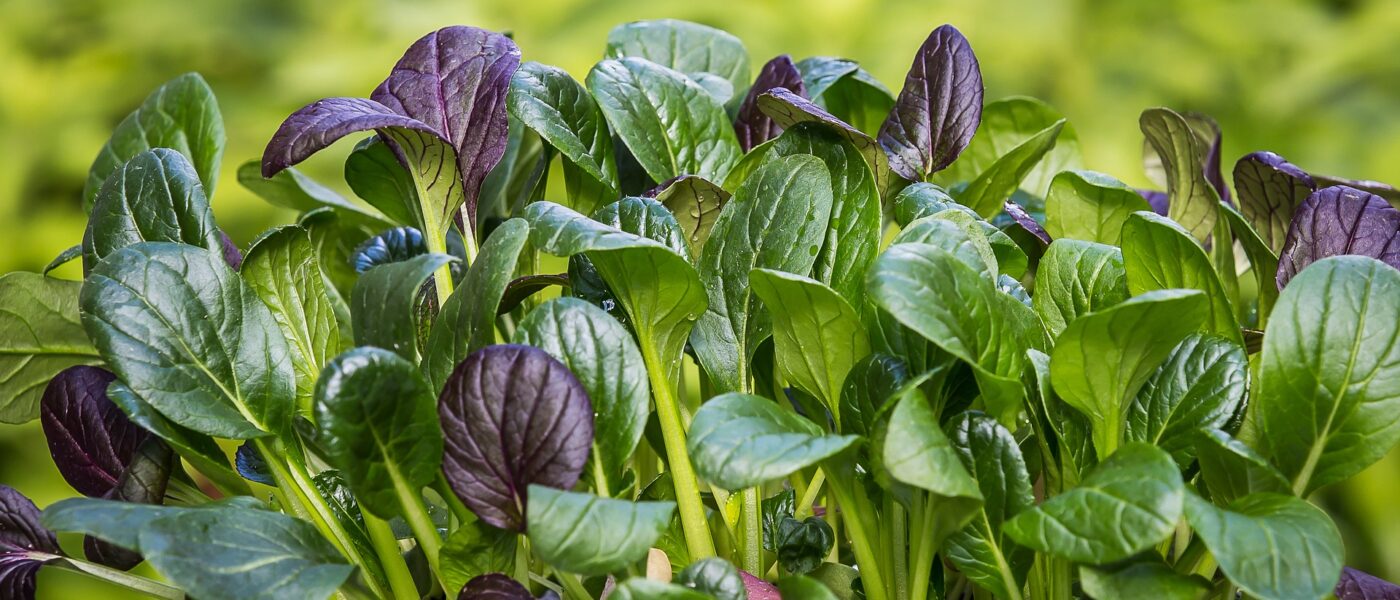Pet diets part 2
By Clive Larkman
Last month I raised the subject of growing plants for our pets as the pet food industry is worth in excess of $2 billion per annum and there is no reason the nursery industry cannot be part of that. I am not referring to our retailers selling pet food but growers growing and marketing plants that are good for our pets and are easy to grow.
Like us, our pets require a balanced diet for a long and happy life. While it is harder for us to grow plants for pets that are predominantly meat eaters e.g., dogs, if you cook food for your dog there is no reason why you shouldn’t add some leafy greens and good quality root vegetables. Like us, their health will respond well to less processed food. Personally, I am not sure the reference to fresh vegetables on the cans of dog food is what we would see as fresh.
It is similar for cats, however there are dozens of other pets in Australian homes, many of which will respond to a diet including leafy greens, fresh herbs, flowers and root vegetables. Indeed it is quite surprising how many animals we assume wouldn’t eat leafy vegetables but do need them. I was surprised to find that about 45% of the diet of parrots should be fruit and veggies. It was the same when researching lizards, and I found that excluding the meat and insect eating varieties, most lizards will eat up to 75% of their diet in fruits and veggies.
There are however some distinct differences between various veggies, herbs and fruits. Our pets also have issues with too much calcium, or too much fat, too much sugar, or not enough. There are some plants that are not suited to certain animals due to chemical compositions. They are not poisonous but long term or excessive consumption can be harmful. Most animals avoid poisonous plants as they can detect the dangerous chemicals which is why these varieties are an issue. Solanaceous plants (fruit, flowers and foliage) should be avoided for most animals. It is not surprising, as the family contains some nasty poisonous plants, and many have plant parts or growth stages which are poisonous to animals, such as tomatoes, potatoes and tamarillos.
As most of our pets are smaller than us and need to get the best out of their diets, we should be careful what is included in the ‘natural foods’ we provide. They are far more susceptible to pesticides and excess sugars and salts. All fresh-grown foods that are not from your own garden should be washed well prior to use. Certified organic produce is your best choice if you aren’t growing it in your own garden.
Parrots and related birds love seeds and will survive well on a diet of seeds and quality, commercially produced pellets. Provided quality (you get what you pay for) blends are provided they will be healthy and happy. For example, sunflower seeds are easy to produce, are liked by all of the groups but are too high in fats. These fats clog up their arterial systems so they should be used in balance. However it is not just about eating healthy, it is also about enjoying their food. The parrot diet should be at least 40% fruit and veggies and the fresher the better. They will respond much better to chewing on a bunch of kale than being fed a bowl of pellets with the same nutritional value. Like us, they respond well to the Brassicas (spinach, kale, cabbage etc.) either raw or cooked. If you are cooking it, they do not need salt to improve the flavour (neither do we!). Lettuce is good but some forms, e.g., Iceberg lettuce have very little nutritional value and are mostly just water. This will fill the bird without contributing to their diet.
Guinea pigs are popular pets that will respond well to a fresh diet. They can be quite healthy on a commercial pellet diet but that is a bit boring. They need foods high in vitamins C and A and other minerals, but not too high in sugar. They are small and thus have a small diet, so you need to ensure all they eat is healthy such as non-Iceberg lettuce, carrots and parsnips (all plant parts), Brassicas, cucumber/zucchinis and all parts of the tomato plant. There are some to avoid such as chilli (capsicums are okay), most legumes, nuts and those plants that we can’t deal with, rhubarb, foxglove and daffodils. Many garden shrubs are toxic, so the best rule is, if we don’t eat it don’t feed it to the guinea pigs.
Rabbits are similar to guinea pigs and they respond well to dark leafy veggies, especially what we call Asian greens. Many plants we just use to add flavour, actually make good dietary supplements like basil, dill, mint and coriander etc. All these are good but both rabbits and guinea pigs need a significant percentage of their diet to be made up of hay or similar plant roughage.
These are just a few examples of what we can grow for our pets. One plant that seems to be good for them all, from reptiles to birds, are dandelions. They are high in nutrients and bulk, and all parts of the plant are good. They are also very easy to grow. If you have pets or want to provide plants for people who do, then spend ten minutes on Google and it will give you dozens of options across the full range of garden plants. Like us, it is more than just the nutritional content that makes a particular food good for your pets.
Main photo: Add some leafy greens to your pets meals (Image: maxmann-665103 Pixabay)

